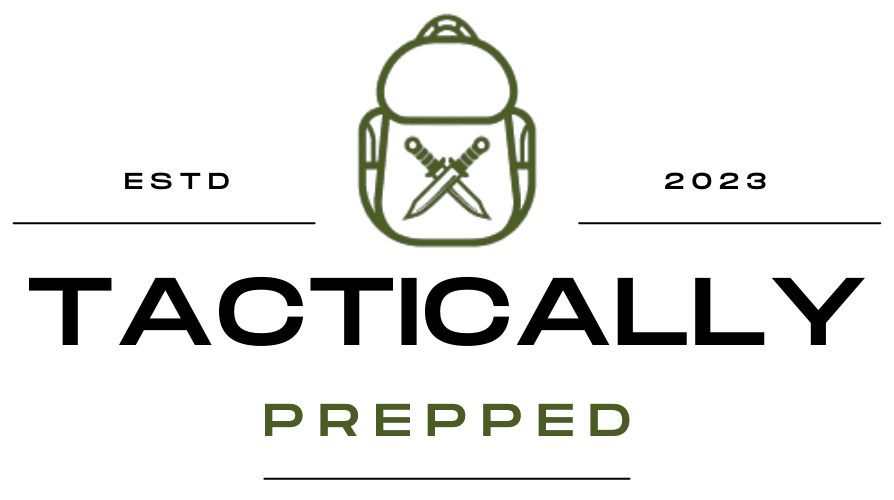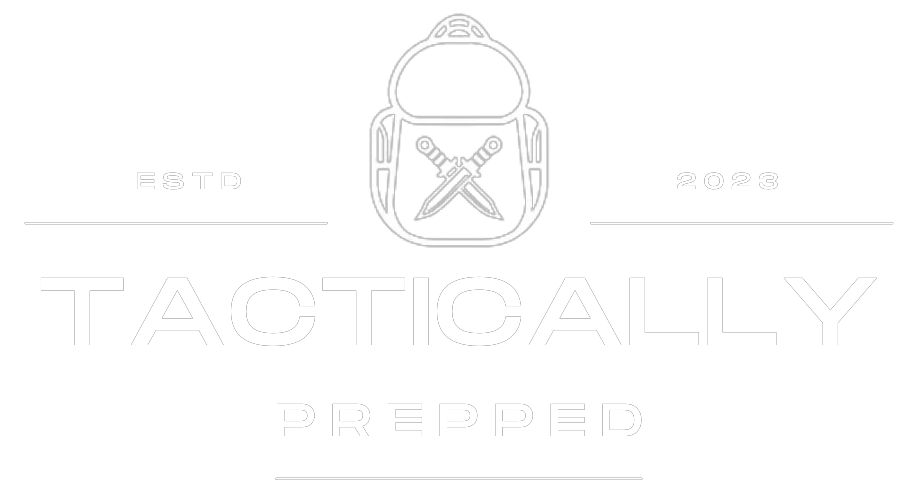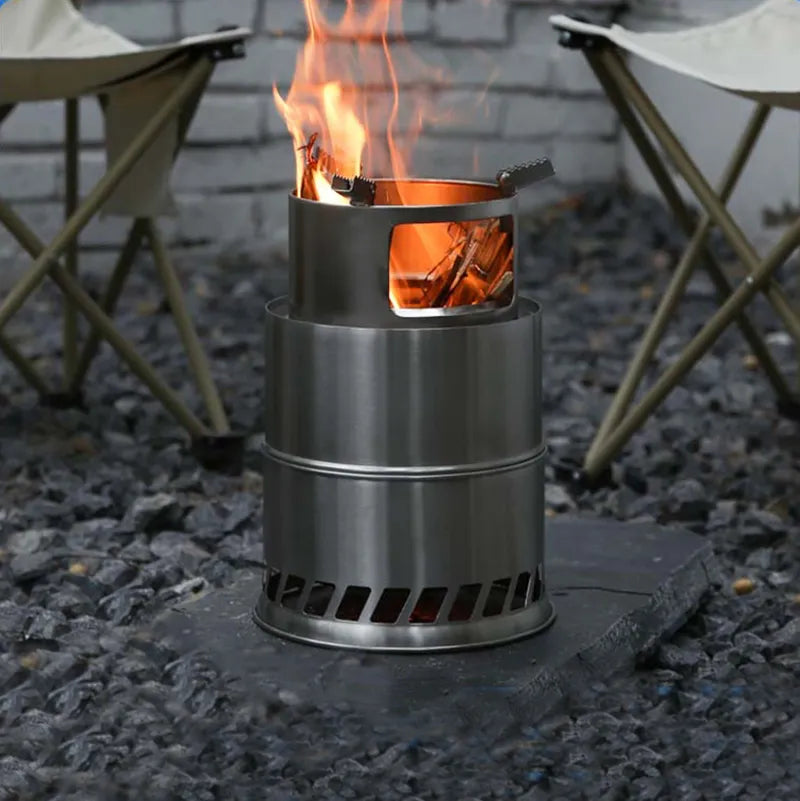
Understanding the Tang on Knives: The Backbone of Your Knife
Understanding the Tang on Knives: The Backbone of Your Knife
Understanding the anatomy of a knife, particularly the tang, is crucial in selecting the perfect blade for your needs. Often misconceived and surrounded by terminology confusion, the tang is the part of the knife that extends into the handle, giving it its balance, strength, and support. In this blog post, we delve into different types of tangs, debunking misconceptions, and helping you make informed choices in selecting a durable knife that serves your purposes perfectly.
What Exactly is a Knife Tang?
A tang is the extension of the blade that spans into the knife's handle, providing the foundational support to the blade. The tang's design plays a pivotal role in determining the knife's sturdiness and handling ease. Let's take a closer look at their strength and application:
Full Tang
A full tang knife showcases a visible continuation of the blade through the grip. This type of tang is generally perceived as the strongest, with the blade and the tang being crafted from a single piece of metal, giving the knife a balanced weight and high durability. While full tang knives might feature lightening holes, tapers, or slots to reduce weight, they retain their robust nature, ready to withstand rigorous usage.
Encapsulated Tang
Next in line is the encapsulated tang, often seen in knives such as the M7 bayonet and others like the Ka Bar which are both commonly used by the military. This tang type is substantial, with the handle wrapping around it completely, shielding it from view. Despite some criticisms, encapsulated tangs have showcased incredible resilience, standing robust against stringent stress tests, debunking myths about their strength limitations.
Tapered Tang
Historically used in Viking and northern European knives, the tapered tang integrates into blades which taper down and snugly fit into the grip, held in place by pressure, wedging, or pinning. Though seemingly less substantial, this tang type has served people for hundreds of years, proving adequate for daily cutting tasks.
Rat Tail Tang
Lastly, we have the rat tail tang, generally found in cheaper knives crafted to minimize costs. These knives often feature a spot-welded thread at the base of the blade, encapsulated in epoxy or resin within the handle. Not designed for intensive use, rat tail tang knives are generally seen as costume pieces rather than functional tools.
Selecting the Right Tang for You
While choosing a knife, considering the tang type is essential. Though a full tang knife promises strength and durability, an encapsulated or tapered tang should not be dismissed outright. Many such knives have showcased immense strength, proving reliable in various functional aspects.
Tang on Knife
Your choice should align with your intended use and personal preference. Remember, even the strongest knives are not replacements for tools designed for specific jobs such as pry bars. It’s essential to use knives responsibly, valuing them as the versatile tools they are, and not expecting them to perform tasks they aren't designed for.
We hope this post has shed light on the knife tang mystery, helping you navigate your way to your ideal knife.




